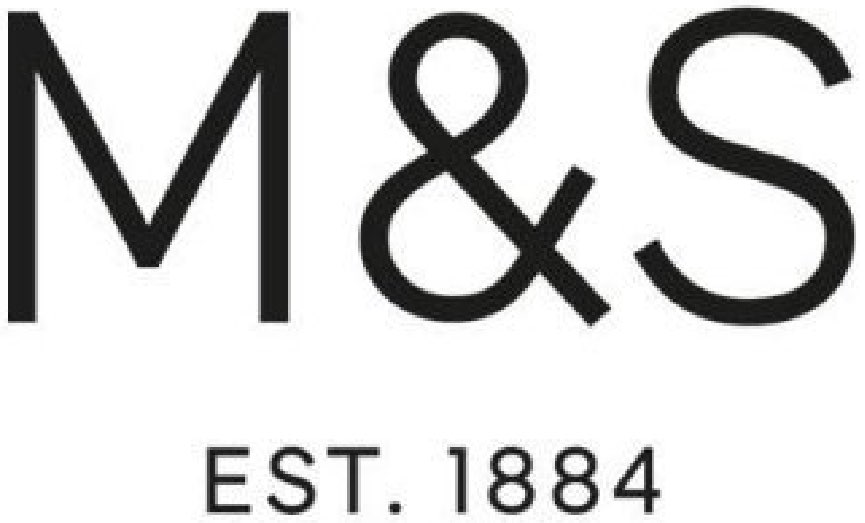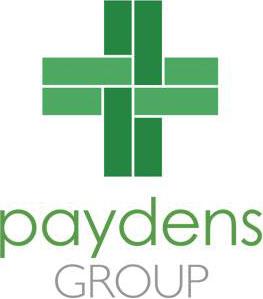Legionella bacteria pose a significant health risk when they multiply in water systems, leading to Legionnaires’ disease, a severe form of pneumonia. Businesses and property managers must know the dangers, prevention methods, and legal obligations surrounding Legionella control. Here is what you need to know about a Legionella control monitoring programme and why Green Water Services would be the perfect choice for your business.
What is Legionella?
Legionella is a bacterium that thrives in warm water environments, such as cooling towers, hot and cold water systems, and spa pools. When contaminated water droplets are inhaled, they can cause Legionnaires’ disease, a potentially fatal lung infection. Those most at risk include older adults, smokers, and individuals with weakened immune systems.
How is Legionella Spread?
The bacteria spread through airborne water droplets, often generated by:
- Air conditioning units
- Cooling towers
- Hot tubs
- Showers and taps
- Decorative fountains
- Industrial processes involving water sprays
Prevention and Control Measures
Effective Legionella control involves maintaining water systems to prevent bacterial growth. Key prevention measures include:
- Regular water temperature control: Keeping hot water above 50°C and cold water below 20°C discourages bacterial growth.
- Water system maintenance: Regularly clean and descale water systems to remove biofilm and scale.
- Avoiding stagnant water: Ensuring water is regularly circulated and not left in pipes.
- Chemical treatment: Using biocides like chlorine to control bacteria levels.
- Regular risk assessments: Identifying and mitigating risks in water systems.
Legal Responsibilities
Under UK law, those responsible for premises, such as employers, landlords, and facility managers, must manage Legionella risks. Key regulations include:
- Health and Safety at Work Act 1974: Requires employers to protect employees and visitors from health risks.
- Control of Substances Hazardous to Health (COSHH) Regulations: Mandates risk assessments and control measures for hazardous substances, including Legionella.
- Approved Code of Practice (ACoP L8): Provides detailed guidance on Legionella risk management.
Conducting a Legionella Risk Assessment
A Legionella risk assessment and Legionella control monitoring programme is essential for ensuring compliance and safety. This involves:
- Identifying potential sources of Legionella growth.
- Assessing who may be at risk.
- Implementing control measures.
- Monitoring water systems regularly.
- Keeping records of inspections and maintenance.
Protecting Public Health
Legionella prevention is crucial for maintaining a safe workplace environment, residential buildings, and public spaces. Businesses can prevent outbreaks and safeguard public health by understanding the risks, implementing control measures, and complying with legal obligations.
The Health and Safety Executive (HSE) provides comprehensive information on Legionella risk management and legal requirements if you need further guidance.
















